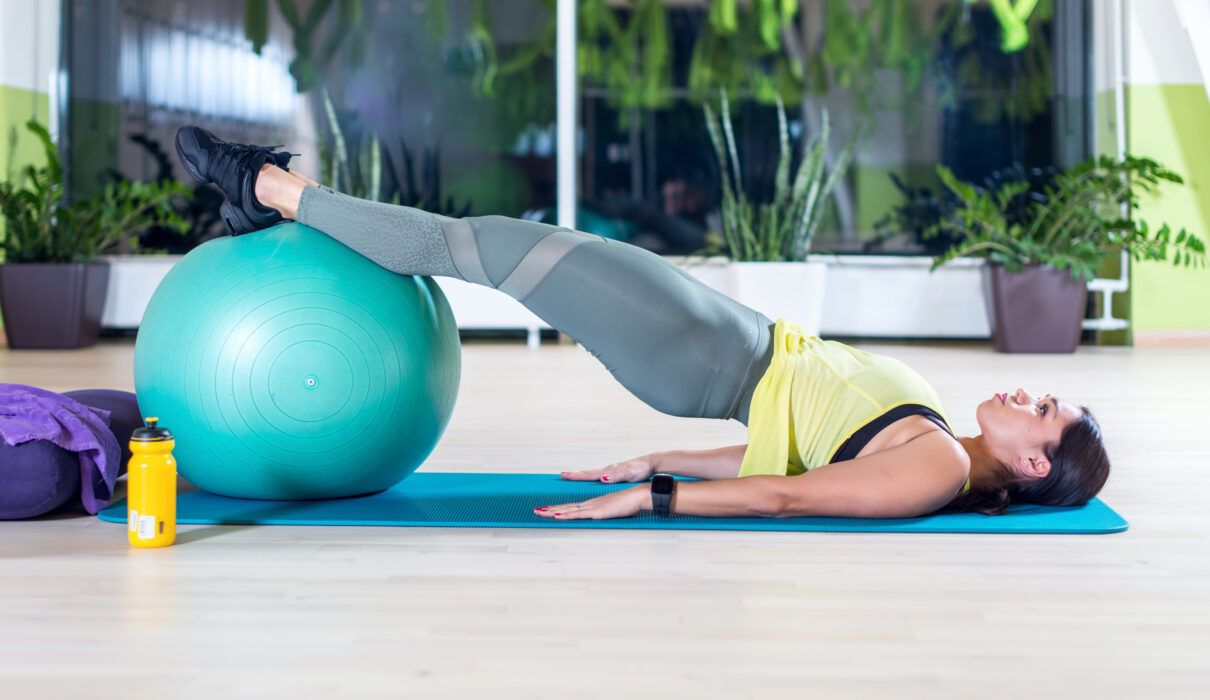The pelvic floor muscles, often referred to as the “invisible hammock,” play a crucial role in our health and well-being. These muscles sling across the base of your pelvis, supporting your bladder, uterus/prostate, and rectum. Here, a leading female surgeon and pelvic floor specialist in Melbourne discusses how to prevent pelvic floor problems and strengthen these crucial muscles.
Strong pelvic floor muscles contribute to:
- Urinary and bowel control: They help prevent incontinence, leakage, and urgency.
- Sexual health: They enhance sexual function and arousal in both men and women.
- Pelvic organ prolapse (POP) prevention: POP occurs when weakened pelvic floor muscles allow organs to descend into the vagina.
- Core stability and posture: Strong pelvic floor muscles contribute to better core control and overall posture.
If you’re experiencing any of the following, pelvic floor exercises might be highly beneficial:
- Urinary incontinence (leakage with coughing, sneezing, or exercise)
- Urgency or frequency of urination
- Difficulty emptying your bladder completely
- Pelvic organ prolapse
- Faecal incontinence or difficulty with bowel control
- Painful intercourse
Finding Your Pelvic Floor Muscles
Before embarking on exercises, it’s important to identify your pelvic floor muscles. Here are two simple ways:
- Stop The Flow: While urinating, try to stop the flow midstream. If you can do this briefly, you’ve located the correct muscles. (Important: Don’t make this a habit, as it can disrupt your normal urination pattern.)
- Vaginal Squeeze (Women): Insert a clean finger into your vagina and gently squeeze as if tightening the muscles around your finger.
Essential Tips for Effective Pelvic Floor Exercises
- Focus on Quality, Not Quantity: It’s more important to perform the exercises correctly with proper muscle activation than to do many repetitions with poor technique.
- Relaxation is Key: Remember to fully relax your pelvic floor muscles between contractions. Holding your breath or straining will not improve the effectiveness of the exercise.
- Consistency is Crucial: Aim for regular exercise sessions, ideally 2-3 times a day, even if it’s just for a few minutes. Consistency is key to strengthening your pelvic floor.
- Breathe Normally: Don’t hold your breath during the exercises. Maintain a natural breathing pattern throughout.
- Listen to Your Body: Stop if you experience any pain or discomfort. If pain persists, consult your pelvic floor specialist.
Pelvic Floor Exercise Variations:
Here are some common and effective pelvic floor exercises you can easily incorporate into your daily routine:
Kegel Exercises:
- Lying Kegels: Lie comfortably on your back with knees bent and feet flat on the floor. Inhale slowly, then exhale as you gently contract your pelvic floor muscles, lifting and holding for 3-5 seconds. Relax completely for 5 seconds. Repeat 10 times.
- Standing Kegels: Stand with your feet hip-width apart and knees slightly bent. Engage your pelvic floor muscles as if stopping the flow of urine. Hold for 3-5 seconds, then relax completely for 5 seconds. Repeat 10 times.
Bridge:
- Lie on your back with knees bent and feet flat on the floor. Lift your hips off the ground until your body forms a straight line from your shoulders to your knees. Squeeze your buttocks and pelvic floor muscles at the top. Hold for 3-5 seconds, then slowly lower your hips back down. Repeat 10 times.
Squats:
Stand with your feet shoulder-width apart, toes slightly outward. Keeping your back straight and core engaged, squat down as if sitting in a chair. Focus on squeezing your pelvic floor muscles as you squat down. Push through your heels to stand back up, continuing to engage your core and pelvic floor. Repeat 10 times.
Marches:
- Lie on your back with knees bent and feet flat on the floor. Inhale and draw your navel in slightly, engaging your core. Exhale and slowly lift one leg straight up to a tabletop position. Squeeze your pelvic floor muscles as you lift your leg. Slowly lower your leg back down to the starting position. Repeat with the other leg. Continue alternating legs for 10 repetitions on each side.
Additional Considerations:
- Biofeedback: Biofeedback uses sensors to provide real-time feedback on your muscle activity. This can be helpful, especially if you’re unsure if you’re engaging the correct muscles. A pelvic floor specialist can guide you through biofeedback therapy.
- Pelvic Floor Therapy: A pelvic floor therapist can create a personalised exercise program tailored to your specific needs and goals. They can also address any underlying conditions affecting your pelvic floor muscles.
Seeking Professional Guidance
While pelvic floor exercises are generally safe for everyone, it is always advisable to consult with a pelvic floor specialist before starting a new exercise program, particularly if:
- You’re pregnant or postpartum.
- You have recently undergone pelvic or abdominal surgery.
- You experience any pain or discomfort during the exercises.
- You have a history of pelvic floor disorders.
A female surgeon and pelvic floor specialist can assess your individual needs, ensure you’re performing the exercises correctly, and provide guidance on proper technique. They can also offer additional support and address any concerns you may have.
Benefits Beyond the Pelvic Floor
Strengthening your pelvic floor muscles has positive effects beyond just the pelvic region. Strong pelvic floor muscles contribute to:
- Improved Core Stability: The pelvic floor works synergistically with your core muscles to provide stability and support for your spine and pelvis. This can lead to better posture, reduced back pain, and improved balance.
- Enhanced Sexual Function: Strong pelvic floor muscles can improve blood flow to the genitals and enhance sexual arousal and sensation in both men and women.
- Overall Well-being: Taking charge of your pelvic health through exercises can empower you and improve your overall well-being.
Pelvic floor exercises are a simple yet powerful tool for strengthening and supporting these crucial muscles as well as preventing pelvic floor problems. By incorporating these exercises into your daily routine, you can reap numerous benefits for your urinary and bowel control, sexual health, core stability, and overall well-being. Remember, consistency is key, and don’t hesitate to seek guidance from a Melbourne pelvic floor specialist to ensure you’re on the right track. Contact Dr Naseem today to schedule an appointment with a female surgeon to discuss how to help you strengthen your pelvic floor or treat pelvic floor problems.


